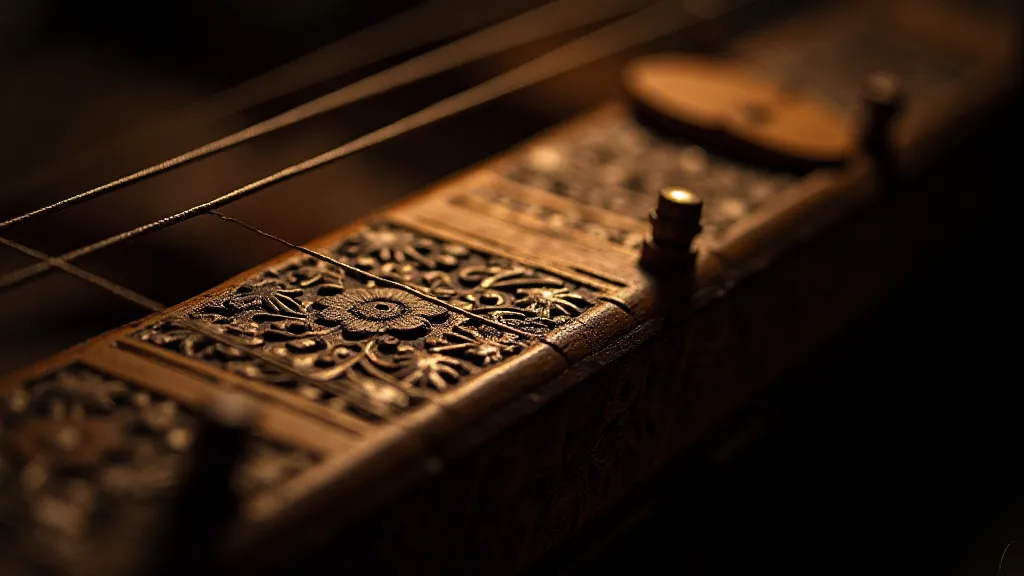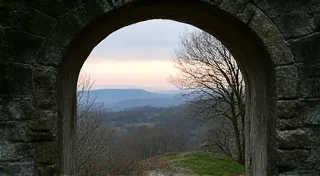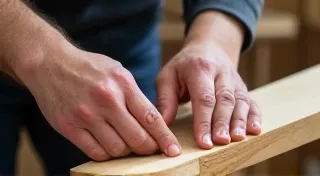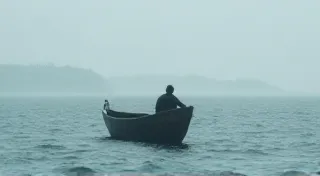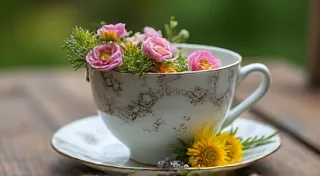The Composer's Canvas: Regional Instruments Inspiring Contemporary Music
Music, at its core, is a conversation. A dialogue between generations, between cultures, between the human spirit and the tangible world. And sometimes, the most compelling conversations arise when contemporary artists look back, not to imitate, but to reimagine the voices of the past. This is particularly true when those voices emanate from regional instruments – instruments deeply embedded in the soil, history, and collective memory of a specific place. Today, we explore how modern composers are drawing inspiration from these unique sounds, creating innovative and cross-cultural musical works, forging a vibrant dialogue between past and present.
Echoes of the Accordion: A Personal Journey
My own fascination with regional instruments began with the scent of oiled wood and the plaintive sigh of an antique accordion. My grandfather, a carpenter with hands rough as bark and a soul as gentle as a lullaby, kept one tucked away in his workshop. It wasn't a prized possession; just a thing that had been passed down, a remnant of his father’s travels through Eastern Europe. As a child, I'm not sure I truly *heard* the music it held. I mostly smelled the beeswax and felt the cool metal buttons. But the feeling of its weight in my hands, the silent promise of melody trapped within, has stayed with me.
Later, I learned that this particular accordion, a Hohner Promenade III from the 1930s, was more than just an instrument. It was a vessel of memory, a tangible link to a history of displacement, resilience, and the enduring power of music to comfort and connect. The accordion’s journey often mirrored that of the people who carried it – migrating across borders, bringing with them stories, traditions, and a yearning for home.
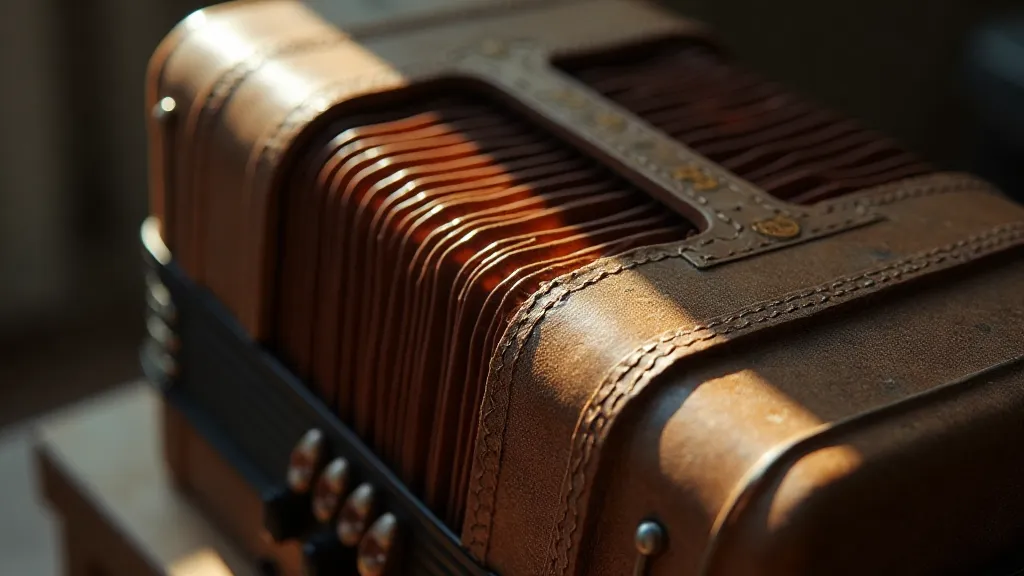
The Craftsmanship and History of Regional Instruments
The beauty of regional instruments often lies not just in their sound, but in the artistry and dedication of their makers. Consider the kora of West Africa, a 21-stringed harp-lute, painstakingly crafted from a calabash gourd and carefully selected wood. Or the sitar of India, with its intricate carvings and resonating strings, each component meticulously chosen to contribute to its distinctive timbre. The process of creating these instruments is often a family tradition, passed down through generations, ensuring the continuity of techniques and the preservation of cultural knowledge. The craftsmanship is more than just skill; it’s a form of storytelling.
The historical context surrounding these instruments is equally fascinating. The bouzouki, emblematic of Greek music, gained particular prominence during the Greek folk music revival in the 1950s, symbolizing a renewed sense of national identity. The didgeridoo, an ancient wind instrument of Indigenous Australians, holds profound spiritual significance and continues to be an integral part of ceremonies and cultural practices. These instruments are not merely tools for making music; they are living artifacts, echoing the joys, sorrows, and struggles of the communities that created them.
Contemporary Composers Embracing Regional Voices
Today's composers are increasingly recognizing the profound artistic potential of regional instruments. They aren’t simply incorporating these sounds into their compositions; they’re engaging in a deeper dialogue, exploring the cultural narratives embedded within them. They’re approaching these instruments not as exotic novelties, but as collaborators, seeking to understand their history and unlock their expressive capabilities.
Consider Annea Lockwood's groundbreaking work with found sounds and water music. She has incorporated instruments like the Japanese shamisen and the Appalachian dulcimer into immersive soundscapes, highlighting their unique textures and timbral qualities. Or Philip Glass's collaborations with traditional musicians from around the world, blending Western classical techniques with the rhythms and melodies of diverse cultures. These composers understand that the true power of regional instruments lies not just in their individual sounds, but in their ability to connect us to something larger than ourselves.
The challenge for these modern composers is to honor the traditions of the past while pushing the boundaries of musical innovation. It's a delicate balance—to respect the cultural significance of an instrument while also finding new and unexpected ways to express it.
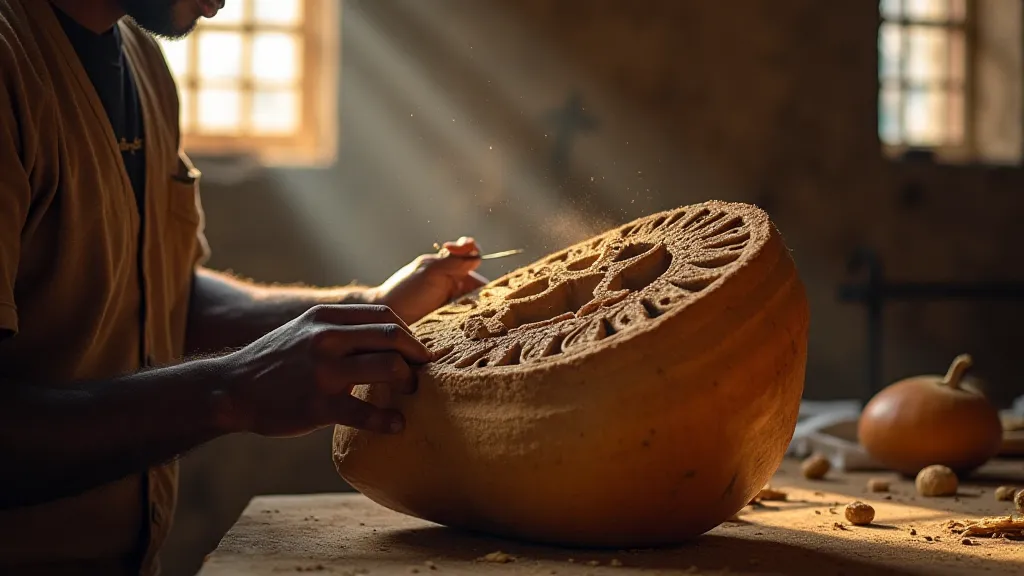
Restoration, Collecting, and the Preservation of Musical Heritage
The preservation of these instruments and the traditions surrounding them is a vital undertaking. Many are fragile, susceptible to damage from neglect and environmental factors. The skill of instrument making is slowly being lost in many regions, as younger generations are drawn to more contemporary forms of music.
For those interested in exploring these instruments further, restoration and collecting can be rewarding pursuits. Restoring an antique accordion, for example, isn't just about repairing its mechanical function; it’s about preserving a piece of history. It requires patience, meticulous attention to detail, and a genuine appreciation for the craftsmanship of the past. Many online communities and workshops offer guidance and support for those embarking on such projects. Similarly, collecting these instruments can be a way to connect with the cultures and traditions they represent.
However, it’s crucial to approach these activities with respect and sensitivity. When acquiring an instrument from a specific region, it’s important to learn about its cultural significance and the ethical considerations involved. Supporting local artisans and instrument makers is a way to ensure the continuity of these traditions and to empower the communities that created them.
The Future of Regional Instruments in Music
The dialogue between regional instruments and contemporary music is far from over. As globalization continues to connect cultures and break down boundaries, we can expect to see even more innovative collaborations and cross-cultural musical works emerge. The challenge will be to ensure that these collaborations are respectful, equitable, and culturally sensitive.
The enduring power of regional instruments lies in their ability to transport us to another time and place, to connect us to the human spirit, and to remind us of the beauty and diversity of the world around us. They are a vital part of our cultural heritage, and their preservation and celebration are essential to the future of music.
